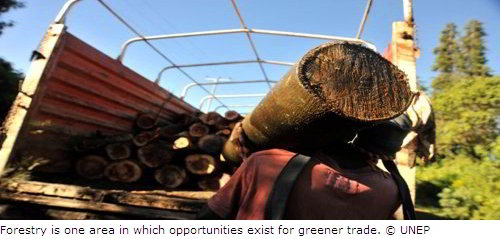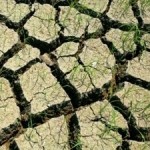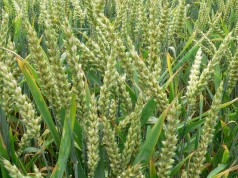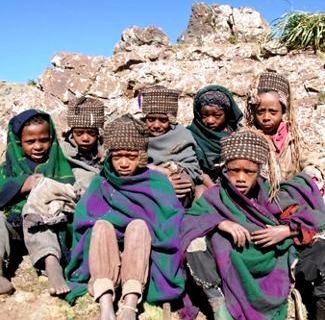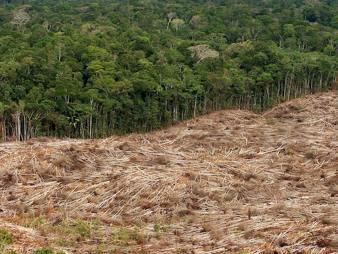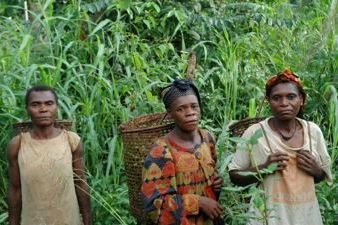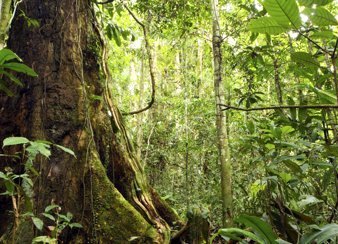Geneva – Greening global trade is a vital step to achieving sustainable development, and developing countries are well positioned to help catalyze this transition, according to a new report released on May 8 by the United Nations Environment Programme (UNEP).
“In today’s increasingly interconnected world, where trillions of dollars worth of goods and services are traded annually, greening global trade still presents challenges but also holds significant opportunities,” said Achim Steiner, UN Under-Secretary General and UNEP Executive Director. “If we are to reverse the global decline in biodiversity, mitigate the release of greenhouse gases (GHG), halt the degradation of lands and protect our oceans, then it is an imperative that international trade becomes more sustainable and contributes to protecting that ‘natural capital’ of economies in the developing world.”
In the last two decades, trade has continued to expand, creating economic growth and progress towards eradicating poverty in developing countries. At the same time, however, the increasing volume of trade has put additional stress on natural resources, led to increases in GHG emissions, and contributed to social inequalities.
World trade patterns show that developing countries, and particularly least developed countries, still depend heavily on natural resource based products and raw materials for their exports. To achieve long-term and sustainable economic development, however, there are significant and real opportunities for developing nations to diversify their economies and position themselves to benefit from the growing global demand for more green goods and services.
While still representing only a small percentage of the global market, trade in certified products and in environmental goods and services is on the rise in absolute terms. For example, the global market in low carbon and energy efficient technologies, which include renewable energy supply products, is projected to nearly triple to US $ 2.2 trillion by 2020.
The report, “Green Economy and Trade – Trends, Challenges and Opportunities”, finds that developing countries with abundant renewable resources are well-positioned to capitalize on the opportunities to increase their share in international markets for sustainable goods and services.
The report analyzes six economic sectors – agriculture, fisheries, forests, manufacturing, renewable energy and tourism – where trade opportunities exist, and identifies measures, such as policy reforms and certification, that can help developing countries benefit from these markets.
Some of the trends highlighted in the report illustrate this potential. For example:
- Agriculture: The global market for organic food and beverages is projected to grow to US$105 billion by 2015, compared to US$62.9 billion in 2011. For instance, the production of tea in line with sustainability standards has increased by 2000 per cent between 2005 and 2009.
- Fisheries and Aquaculture: Wild-capture fisheries already certified or in full assessment record annual catches of around 18 million metric tonnes of seafood. This represents about 17 per cent of the annual global harvest of wild capture fisheries, and demand far outstrips supply. Furthermore, the total value of seafood that has been farmed according to certified sustainability standards is forecast to increase to US $ 1.25 billion by 2015, up from US $ 300 million in 2008.
- Forestry: As of early 2013, the total area of certified forest worldwide stands at close to 400 million hectares, amounting to approximately 10 per cent of global forest resources. Sales of certified wood products are worth over US $ 20 billion per annum.
- Manufacturing: Many suppliers are greening their practices in order to secure their positions within international supply chains. This is illustrated, for example, by the 1,500 per cent increase in global ISO 14001 certifications on environmental management between 1999 and 2009.
- Renewable Energy: Since 1990, annual global growth in solar photovoltaic, wind and biofuel supply capacity has averaged 42, 25 and 15 per cent respectively. In 2010, the investments in renewable energy supply reached US $ 211 billion, a five-fold increase from 2004, and more than half of these investments were in developing countries. Developing countries have significantly increased their exports of renewable energy equipment such as solar panels, wind turbines and solar water heaters, and expanded their potential to export electricity from renewable sources.
- Tourism: In developing countries, this industry’s market share has increased from 30 per cent in 1980 to 47 per cent in 2011, and is expected to reach 57 per cent by 2030. In 2012, for the first time, international tourism arrivals reached one billion per year. The fastest growing sub-sector in sustainable tourism is eco-tourism, which focuses on nature-based activities. Many developing countries have a comparative advantage in eco-tourism due to their natural environments, cultural heritage and possibilities for adventure holidays.
“Transitioning to a green economy can facilitate new trade opportunities, which in turn will help to make global trade more sustainable,” said Mr. Steiner. “At the same time, trade in environmental goods and services is clearly an area where many developing countries have a competitive advantage. With the right policies and price regimes in place, developing countries are well-positioned to help drive the global transition to a more sustainable economy.”
The report identifies several areas where public and private actions can support developing countries’ efforts to access greener international markets. These include:
- Public investments in key economic infrastructure, technical assistance, targeted education and training programmes, and access to sustainable resources, such as electricity from renewable energy sources.
- Market-based instruments, such as the elimination of subsidies that encourage unsustainable production, consumption and trade, and pricing policies that take account of the true environmental and social costs of production and consumption.

